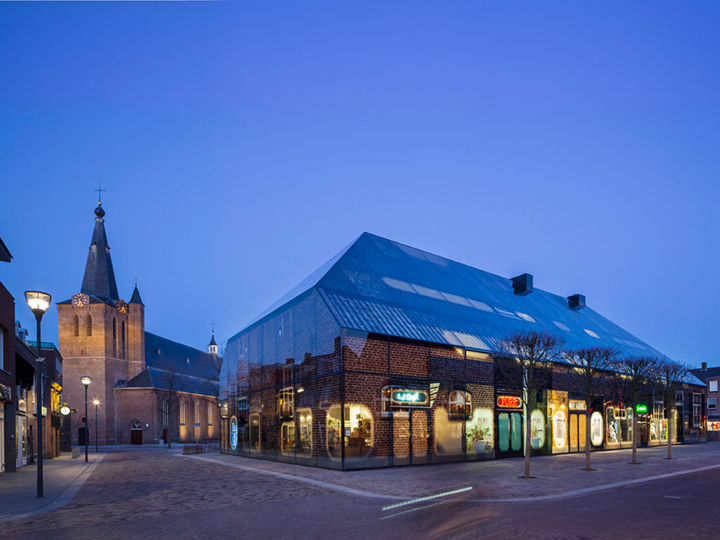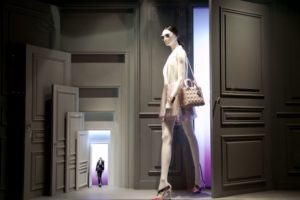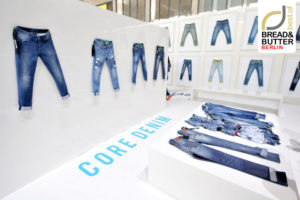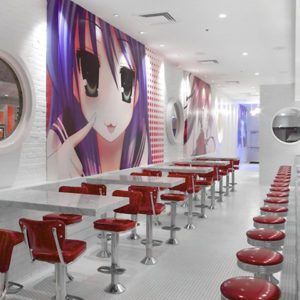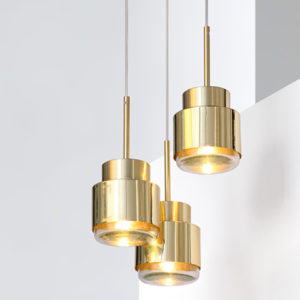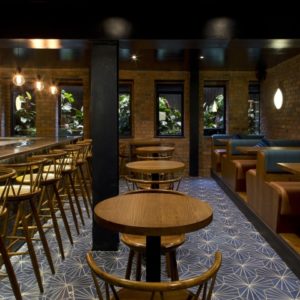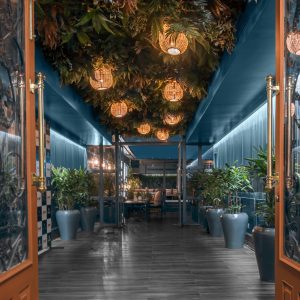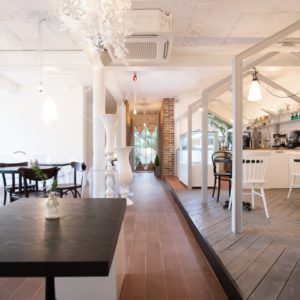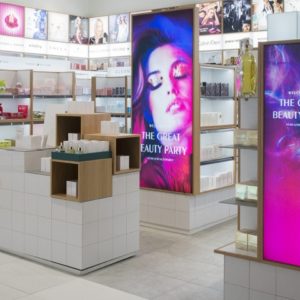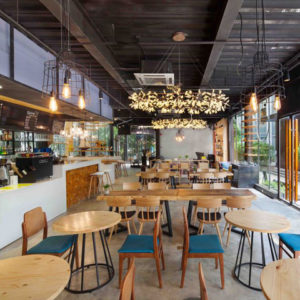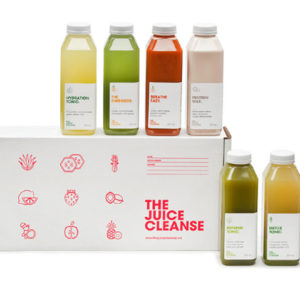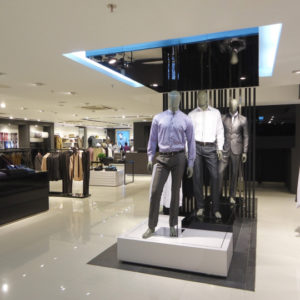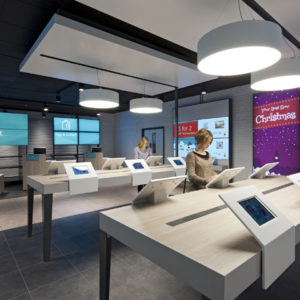
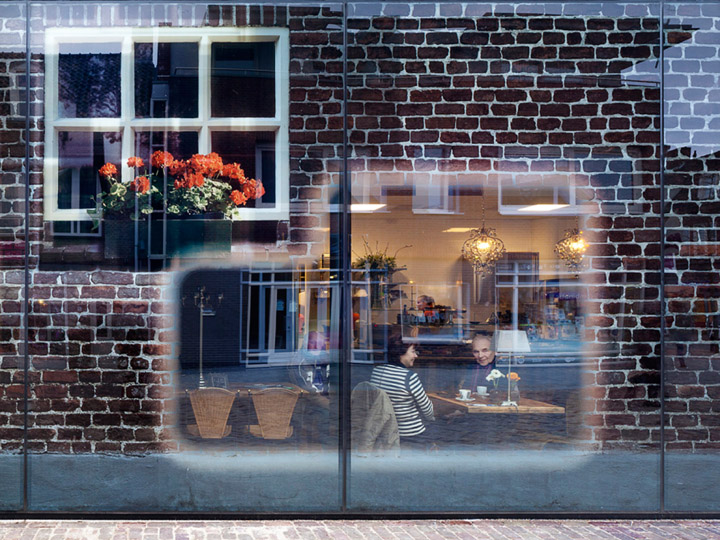

Schijndel’s market square suffered badly from damages during the Second World War and has been subject to numerous enlargements and refurbishments since. In 1980, a 25-year-old Winy Mass wrote a letter to the municipality proposing the idea of a new structure in the square between the church, town hall and main street, and in 2000 the town council finally accepted. MVRDV has since proposed a wide variety of options that could fill the gap in this unusually large village square.
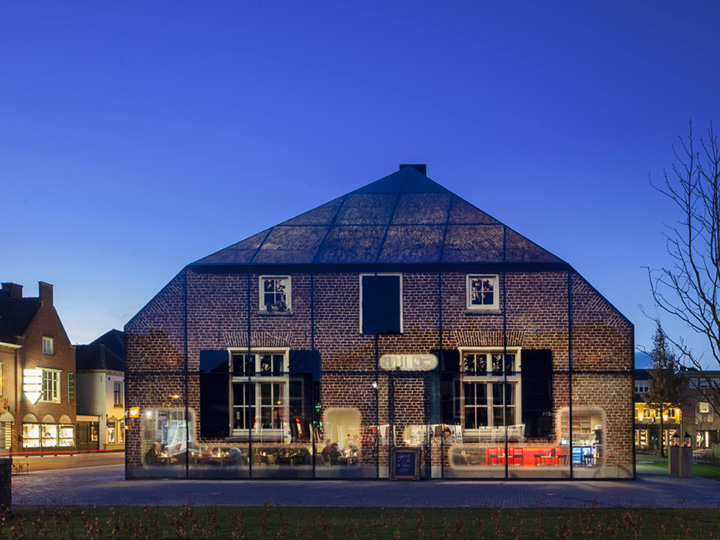
The Glass Farm is MVRDV’s seventh proposal for the site, earlier designs have included a theatre and various other facilities. The villagers engaged vividly with the process, resulting in heated debates, polls and polemics in the local press – both by supporters and adversaries of the plan. The 1600m² building, which is entirely covered by a glass facade consists primarily of a series of public amenities such as restaurants, shops and a wellness centre.
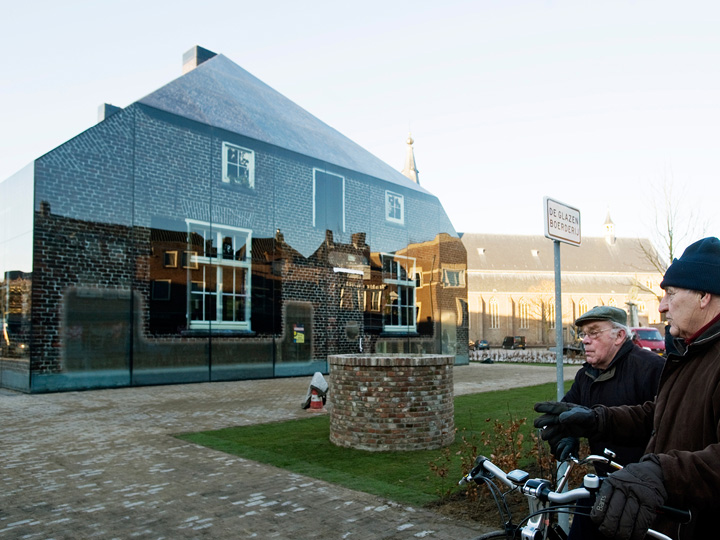
By coincidence, the maximum envelope that was defined by the town planners had the form of a traditional Schijndel farmhouse. All of the remaining farms of this type were measured, analyzed and an ‘ideal’ average was developed from the data. In collaboration with MVRDV, artist Frank van der Salm photographed the historic buildings, and from these an collage of the ‘typical farm’ was composed.

This image was printed using fritted procedure onto the 1800m2 glass facade, resulting in an effect similar to stained glass windows in a cathedral. The print varies in translucency depending requirements for light and views. At night the structure is illuminated from the inside, a monument to the traditional farmhouse. At a height of 14 metres the Glass Farm is intentionally designed out of scale and is 1.6 times larger than a real farm, symbolizing the village’s growth into a town.
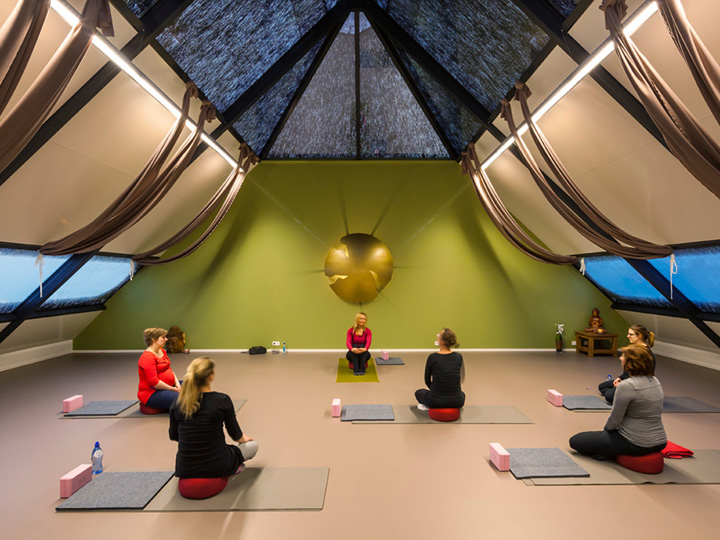
The printed image follows this ‘augmented history’, with the superimposed farm door appearing 4 metres tall for example. When adults interact with the building, they are once again the size of a small child in relation to the building, possibly adding an element of nostalgic remembrance to their experience. MVRDV designed the building for RemBrand developers, a combination of Van Den Brand Real Estate and Remmers Construction Group, together with Hooijen Engineers, IOC Ridderkerk for installations, Brakel Atmos for the facade and AGC for the printed glass.

In June 2013, MVRDV launched ‘The Glass Farm: Biography of a Building’, a book chronicling the long history of the Glass Farm’s design and construction (initially in Dutch). The book poses the question ‘Why on earth did the architect design this?’, answered through a series of stories written by journalists about the ups and downs and decisions and compromises in realising the building. The book will be followed by an English version later in the year, and will be the first in a series of such books investigating the process of making buildings happen. Click here for more details.
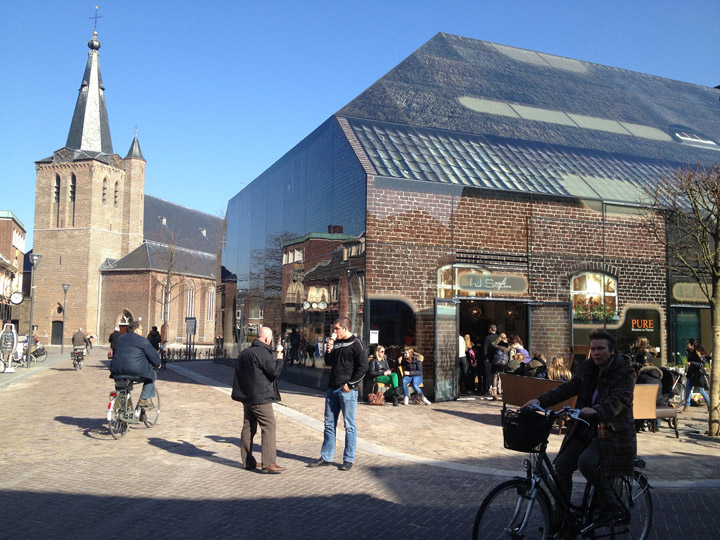
Design Team : Winy Maas, Jacob van Rijs and Nathalie de Vries with Frans de Witte and Gijs Rikken
Structure : Hooijen Konstruktiebureau, Tilburg, The Netherlands
Services : IOC Ridderkerk, Ablassderdam, The Netherlands
Facade : Brakel Atmos, Uden, The Netherlands
Glass Printing : AGC Mirodan, Heule, Belgium


